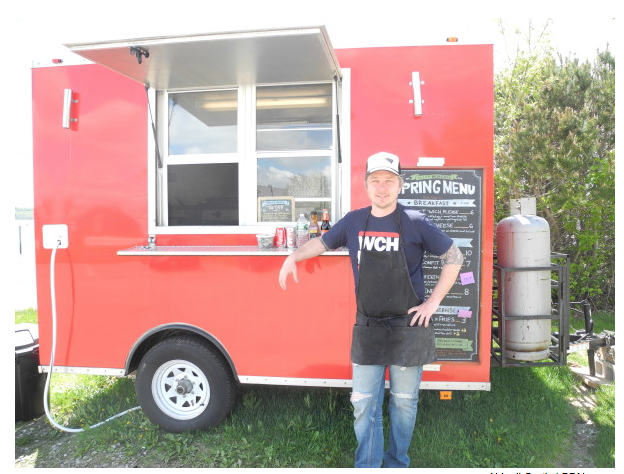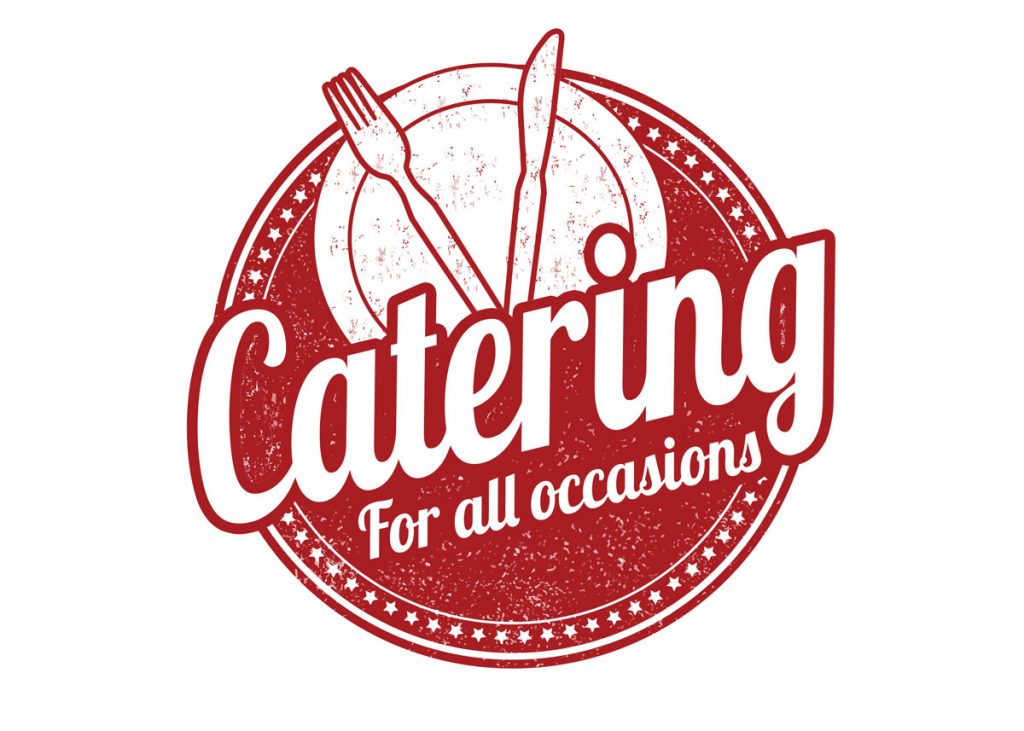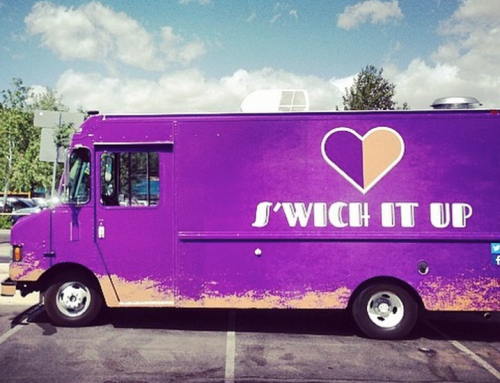Whether you’re interested in launching a small catering business from the comfort of your own kitchen, or adding a new revenue stream to your existing restaurant, you’ll need to learn to promote your new venture effectively. Catering can be extremely lucrative, particularly during wedding season, during the summer, or around the holidays, when people are hosting parties and less inclined to handle the cooking duties themselves. But choosing your niche and designing your menu is only the first step to launching your new catering empire; if you can’t figure out how to market it effectively (a listing in the Yellow Pages isn’t going to cut it, anymore), it doesn’t matter how amazing your canapés are. Here are the seven creative ways we promote our catering services for maximum exposure, and how you can, too:

These are the most effective ways I’ve found to market a catering business.
Focus Your Efforts on Building Word-of-Mouth Buzz and Referrals
The best possible potential customers are either the ones you already have, the guests at their events, or their friends, family, or associates. There’s no better indication that you’ll be able to pull off an event with good food and service, than through the service at the event itself. Remember that as a caterer, you’re helping someone to craft an experience, and that can be tough to effectively communicate through photos and website copy alone. Ask your clients to pass your name along to anyone they know that may have a need for your services. Don’t forget to leverage the guests at events you are already catering, as well; a small stack of business cards near the bar or with servers is a subtle way of advertising your services to guests that are already familiar with the quality of your work, as it’s happening in real time.
Leverage an Army of Bloggers to Help
Most caterers aren’t leveraging their greatest potential asset, when it comes to marketing: The army of content-starved food and event bloggers out there that will turn out compelling marketing content for you, for a fraction of what you might expect such a service to cost. Sam Kerns, author of “How to Start a Home-Based Food Business,” recommends nurturing these relationships. “A general caterer,” says Kerns, “could target recipe blogs and offer posts that include recipes and tips. A caterer who specializes in cakes, though, should target wedding or event blogs.” Outreach to food and event bloggers begins with a simple email; most blogs include contact information or a “How to Work with Us” page somewhere on their site. Start local; food bloggers who live where you do can create powerful small business promotions unique to your community.
Build Your Visual Brand on Social Media
With so much of business being conducted online on social media these days, it makes sense to set up appropriate social media channels for your catering operation. At a minimum, this should include Facebook and Instagram, where you can share your highest-quality photos from successful events and glamor shots of some of your best dishes. You can also consider setting up a few boards on Pinterest, themed around the different niches your catering business serves, such as weddings, family reunions, or holiday parties.
Get Placement on “Preferred Vendor” Venue Lists
Most major venues available for rental, including banquet halls, event spaces, or even private outdoor venues maintain some sort of “preferred vendor” list, which they hand to their customers, who may be booking the space or looking for catering services. Some event spaces may even require their customers to choose a caterer from their preferred list, which means that it’s definitely a list that should have your business name on it. This can be a crowded list; depending on your community, it may already be filled with the “big names” in your local catering marketplace. Inquire about including your business as a “small” or “value” caterer, to provide an alternative to some of the more established brands already operating in your area.
Work a Few Morning Farmer’s Markets
Again, this is different from town-to-town, but many farmer’s markets have dramatically underserved food options; everyone wants to wake up bright and early to buy organic rainbow radishes, and chances are, they’ll be looking for something to eat while they browse the produce and chat with farmers. Setting up small, tastable portions of one of your signature dishes (like slices of cake or pie, for example) is a great way to introduce people in your community to the quality of food you are preparing, and provides great opportunities for rubbing elbows with potential customers. Of course, you’ll want to populate your booth with plenty of business cards, flyers, and take-away marketing materials for all of the new contacts you’ve made.
Treat Local Businesses to a Few Sample Platters
This is a great option if your city or town has a condensed “Main Street” area lined with local businesses. Take an afternoon to hit the streets, offering small sample platters of your catering operation’s wares to offices and local businesses. Many small businesses are looking for caterers that can handle working lunch meetings with clients, or weekly employee conferences. A platter of sandwiches is a small expense that will make a big impression on an office full of hungry employees. Remember to focus your attention and charm on whoever is working at the front desk; they’re the ones that order food and book caterers, not the CEOs.

Ways to Get Your Name Out There For Catering.
Seek Partnerships with Complimentary Businesses
If you’re focusing on catering weddings or receptions, find a florist that will recommend your services, add you to their vendor’s list, or even allow you to place marketing materials in their store. If you’re a caterer breaking into the “birthday and reunion” event space, approach your local party rental store about a potential partnership. Most small businesses are happy to help complimentary services get their foot in the door, particularly if your services don’t directly compete with their own.
Another marketing tactic that Amanda Mason wrote about in previous post, “The Most Profitable Catering Event I’ve Ever Done” described how one new caterer simply approached a small Mexican restaurant that didn’t offer catering and offered to run this new arm of the business. This created an additional revenue stream for the restaurant and also allowed the caterer to leverage the existing customer base of the shop to generate business. Any time you can create business partnerships where both parties make money, you’re probably onto something good.
Establishing a foothold for your catering operation isn’t difficult, but it does require some on-the-ground footwork and the desire to network. Since most of your customers will come from referrals and existing clients, don’t be afraid to market yourself aggressively using these channels; sometimes, all you need to do is ask. Present your best work using quality photography on social media and local blogs, and you’ll soon have more clients than you have time…which is a great problem to have.




